Iron Age Shipwrecks in the Mediterranean Sea
The Gela 1 Wreck: Archaic Greek Trade 500 - 480 BC
Discovered off Sicily, the Gela 1 wreck offers a rare look at 5th-century BC Archaic Greek trade. Learn about its unique sewn-plank construction, coastal cabotage route, and diverse cargo, including Attic and colonial ceramics. Excavated by Rosalba Panvini.
By Nick Nutter on 2025-10-16 | Last Updated 2025-10-17 | Iron Age Shipwrecks in the Mediterranean Sea
This article has been visited 344 times

Excavating Gela 1
Discovery and Excavation
The discovery of the Gela 1 wreck, an Archaic Greek shipwreck dating between 500 and 480 B.C., began in 1988 when two divers recovered ancient artifacts from the sea floor off the southern coast of Sicily. Subsequent explorations pinpointed the submerged vessel at a depth of four to five meters, buried under layers of sand, gravel, and clay.
The wreck's location, approximately 800 meters from the coastline near Contrada Bulala, is significant. This tract of water lies west of the mouth of the Gela River, directly opposite the acropolis of the ancient city. This area, known today as Bosco Littorio, is where the remains of an Archaic Period emporium (marketplace) have been found, strongly suggesting the adjacent coastline served as the port for the Greek colony of Gela.
Following the initial find, a series of underwater explorations and archaeological campaigns were undertaken. These efforts were initially managed by the Soprintendenza per i Beni Culturali ed Ambientali di Agrigento and later continued by the Soprintendenza of Caltanissetta. The extensive work, including five campaigns of archaeological excavation, was overseen and published by Rosalba Panvini, then the Director of the Archaeological Section of the Soprintendenza BB. CC. AA. di Caltanissetta and Director of the Regional Archaeological Museum of Gela.
Do you enjoy my articles? For your reading pleasure, this website does not carry third party ads. You could help me write more articles by buying me a cup of coffee.
The End of the Voyage
Gela 1 met its fate in challenging waters just before reaching its destination, sinking "at the outset of the fifth century B.C." Further examination of recovered materials, such as an aryballic lekythos and other ceramic finds, refine the sinking date to approximately 490–480 B.C.
At the time of the sinking, around 500 B.C., Sicily was a prosperous island marked by high development in its Greek colonies. This era was also defined by the rise of powerful tyrants, such as Cleander of Gela, as well as internal conflicts and rivalries between Greek city-states like Syracuse and Selinus, all while the powerful city-state of Carthage dominated the western part of the island.
Gela 1: Construction and Dimensions
Gela 1 is a 'shell' type vessel with estimated dimensions of 17 meters in total length and 6.80 meters in width . The primary bearing structure was the planking, formed using the ancient "sewn plank" technique, a method common in the Aegean dating back to the third millennium B.C.
Construction Technique
Planking: Boards of various widths were connected with plant-fibre cords passed through obliquely drilled holes along the interior edge of the planks.
Reinforcement: Cylindrical wooden dowels were set horizontally at 18-centimeter intervals in the seams prior to sewing to strengthen the connection. Triangular notches, called 'limbers,' were also present on floor timbers to allow bilge water to flow.
Hybridization: While primarily a sewn-plank ship, the builders also employed cylindrical treenails and mortise-and-tenon joints in the stern area, suggesting either rapid adoption of a newer method for repairs or a transitional construction style documented in other wrecks of the period.
Impermeability: Fabric was inserted along the interior seams to prevent water seepage, and the inner surface was sealed with pitch for impermeability, a system confirmed in ancient texts and other wrecks. Lead plate fragments, possibly used to protect the exterior hull from marine organisms, were also found.
Internal Structure: Seventeen non-bearing floor timbers were laid across the vessel, with sixteen passing under the keelson. The external keel was also connected by sewing. The keelson, a pine-wood structure, ran the length of the vessel and contained a fixed-joint system for the mast-step.
Analysis of the wood shows the use of light pine (Pinus pinea) for structural elements like floor timbers and the keelson, suggesting a lighter, less resistant boat.
Gela 1: Cargo and Trade Route
Gela 1 was clearly a merchant vessel, found covered with an estimated 6 to 7 tons of irregularly shaped stones identified as ballast. This ballast, likely loaded in place of off-loaded cargo, included pieces of granite possibly taken on board along the coast of Calabria, suggesting the ship was engaged in cabotage (coastal trade). The ship’s ultimate purpose was likely to reach Gela to load grain and cereals for export, possibly to Attica.
The recovered materials provide insight into the ship’s commercial traffic and its final route, which appears to have involved brief voyages along the coasts of Sicily and Magna Graecia.
Amphorae
The majority of fragmentary amphorae were Chian (60%), likely for Chiote wine, with lesser amounts of Western Greek/Greco-Massaliote (20%), Corinthian, Samian, Lesbian, Attic, and Punic types, used for various foodstuffs like wine, oil, and salted fish.
Pottery
A rich variety of ceramics was recovered, including:Attic Black-Figure and Red-Figure Ceramics (e.g., an oinochoe with a painted gigantomachy and three askoi by the vase-painter Epiktetos).
Attic Black Glaze Ceramics (e.g., ring-bodied askoi and skyphoi), frequently exported to Greek colonies in the West.
Laconian Ceramics.
Pottery of Colonial Production: A substantial amount of undecorated and partially painted wares, likely destined for local markets in Gela and its hinterland.
Containers & Foodstuffs: Eight pitch-covered baskets, likely for perishable goods, were found in the prow. Butchered oxen remains suggest food for the crew, supported by a fishing hook and net whorl.
Other Objects: The finds included four terracotta altars (possibly for religious observance during the voyage), a bronze tripod, a bone stylus (suggesting a merchant was aboard), and an arm from a wooden statue. Undecorated pottery with burn marks indicates cooking was done on board by the crew.
References
Panvini, Rosalba. (2001). The Archaic Greek Ship at Gela: And Preliminary Exploration of a Second Greek Shipwreck.
Do you enjoy my articles? For your reading pleasure, this website does not carry third party ads. You could help me write more articles by buying me a cup of coffee.
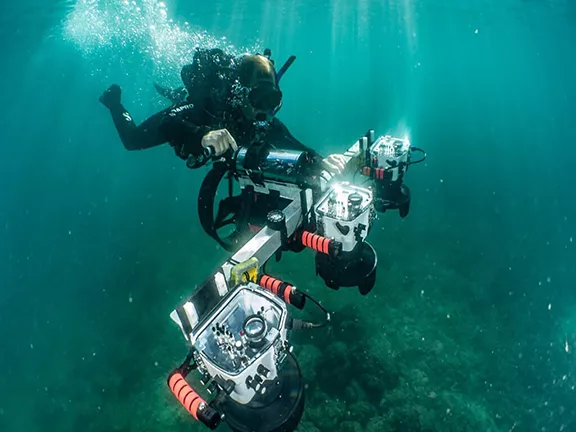 1: Dor's Iron Age wrecks 11th-6th centures BC
1: Dor's Iron Age wrecks 11th-6th centures BC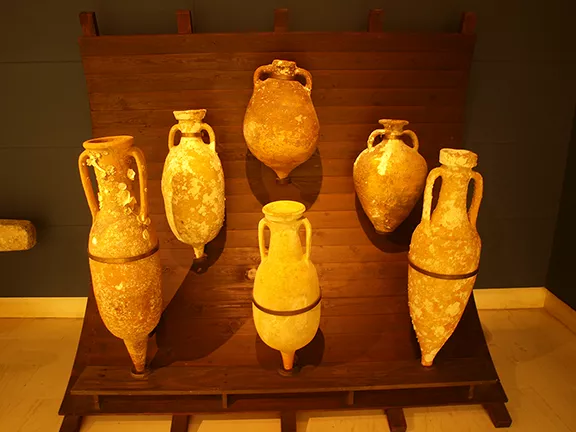 2: Carmel Atlit shipwreck c 800 - 750 BC
2: Carmel Atlit shipwreck c 800 - 750 BC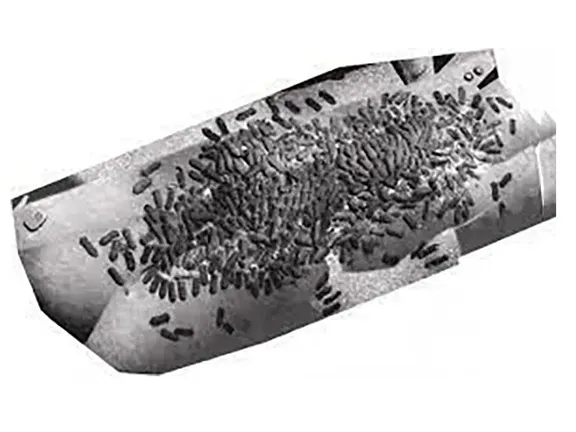 3: Tanit and Elissa c 750 BC
3: Tanit and Elissa c 750 BC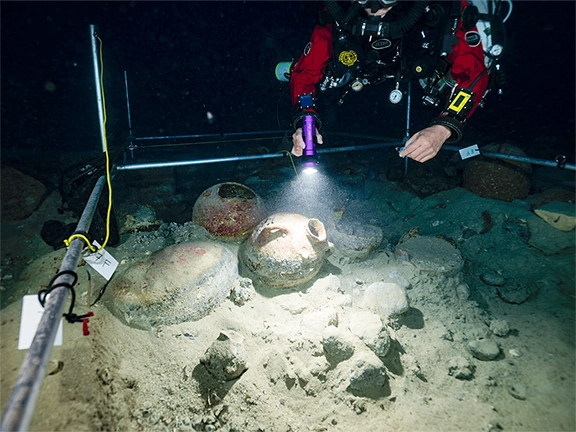 4: Xlendi Bay shipwreck off Gozo c 700 BC
4: Xlendi Bay shipwreck off Gozo c 700 BC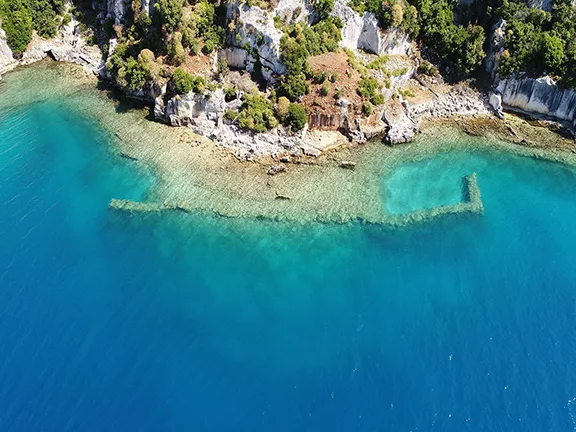 5: The Kekova Adası shipwreck c 650 BC
5: The Kekova Adası shipwreck c 650 BC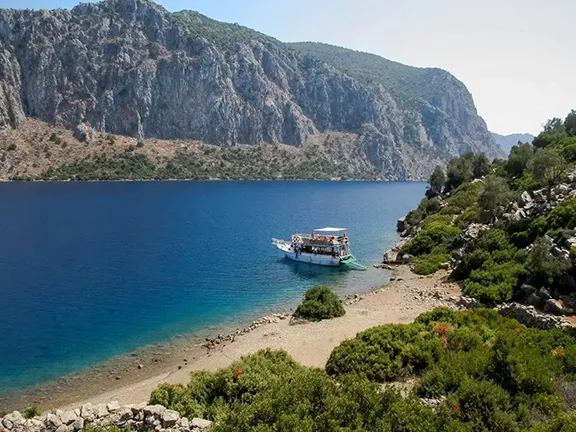 6: Kepçe Burnu Shipwreck 650 – 600 BC
6: Kepçe Burnu Shipwreck 650 – 600 BC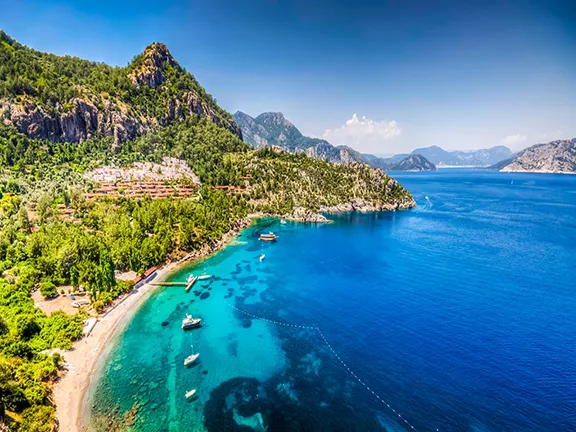 7: Çaycağız Koyu Shipwreck c 600 BC
7: Çaycağız Koyu Shipwreck c 600 BC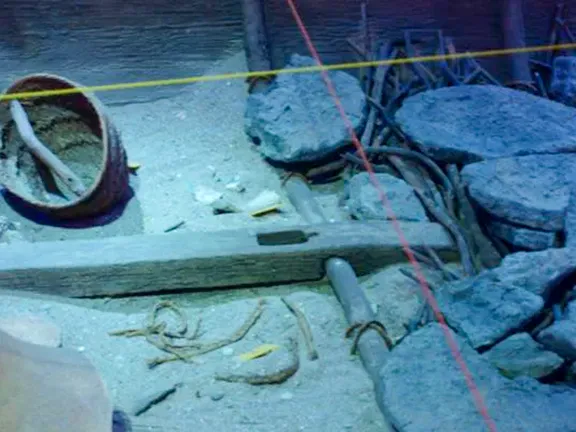 8: Mazarron II 625 - 570 BC Phoenician period
8: Mazarron II 625 - 570 BC Phoenician period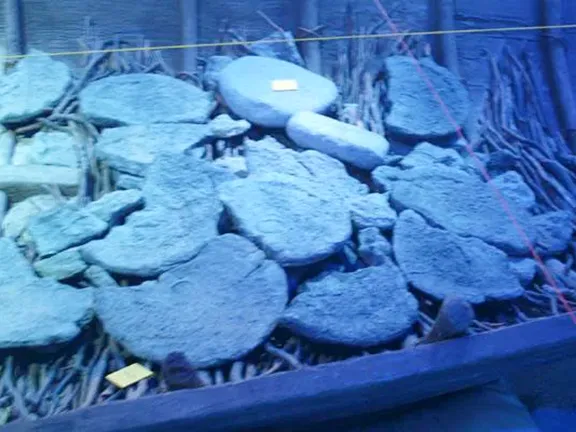 9: Mazarron I c 600 BC Phoenician period
9: Mazarron I c 600 BC Phoenician period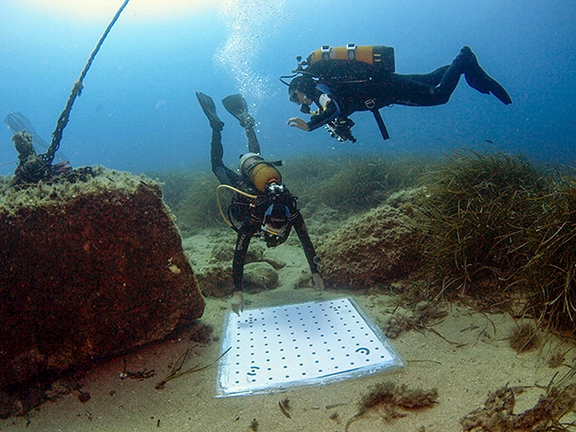 10: The Bajo de la Campana c 600 BC
10: The Bajo de la Campana c 600 BC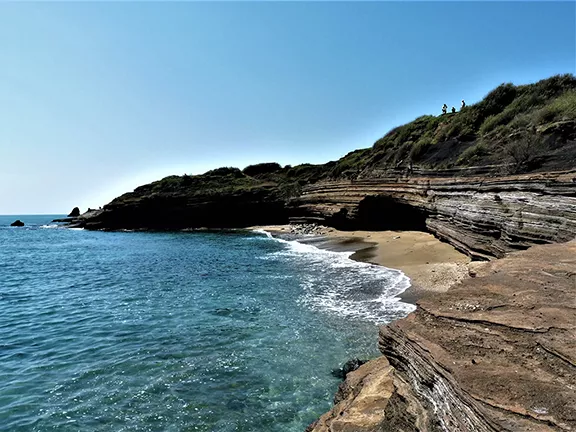 11: The Rochelongue underwater site c 600 BC
11: The Rochelongue underwater site c 600 BC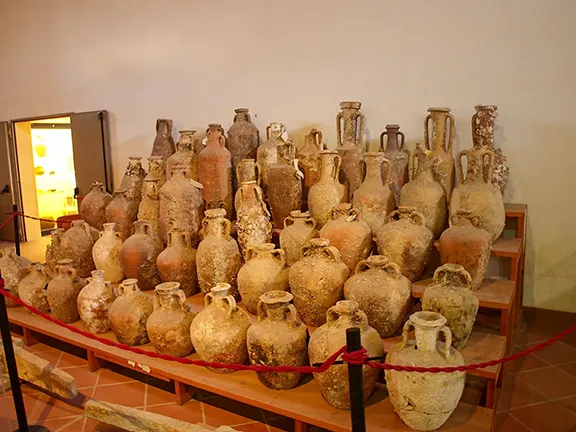 12: Giglio Etruscan shipwreck c 580 BC
12: Giglio Etruscan shipwreck c 580 BC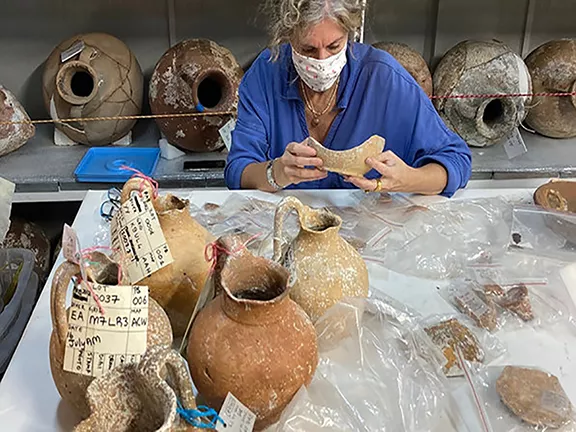 13: Pabuç Burnu shipwreck 570 - 560 BC
13: Pabuç Burnu shipwreck 570 - 560 BC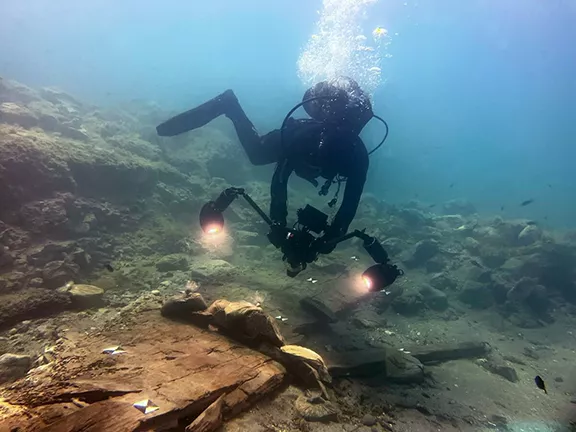 14: Ispica - Greek Shipwreck 600 - 400 BC
14: Ispica - Greek Shipwreck 600 - 400 BC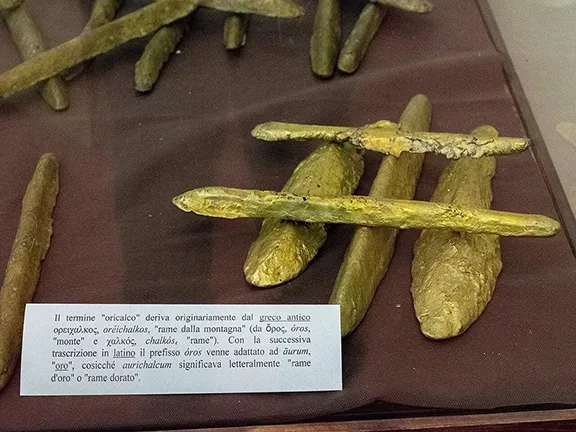 16: Gela 2 shipwreck 490 – 450 BC
16: Gela 2 shipwreck 490 – 450 BC